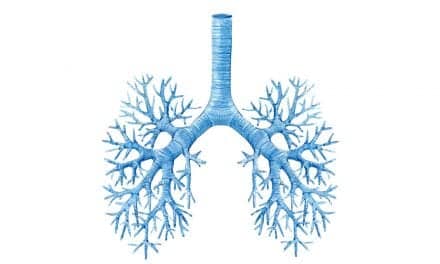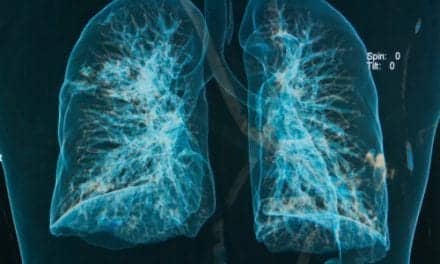COPD exacerbations surge during the coldest months of the year—January, February and March—creating a spike in COPD deaths and hospitalizations that represent a greater financial burden on healthcare resources due to a longer length of hospital stay and higher hospitalization charges, according to research at Chest 2019.
COPD affects 6% of Americans and is projected to cost $49 billion annually by 2020, reports Abhishek Chakraborti, MD, from the Brookdale Hospital and Medical Center (Brooklyn, NY) who will present the findings.
The researchers used the 2016 National Inpatient Sample and National Inpatient Database to do a retrospective analysis of 530,229 patients with a principal diagnosis of acute COPD exacerbation to identify seasonal variations in outcomes for COPD admissions and their impact on healthcare resource utilization.
The results of the study highlight the dramatic seasonal variation in rates of admissions for COPD exacerbation. Most admissions and readmissions occur during the coldest three months of the year and are associated with the highest mortality rates. The greatest burden on health care resources is in the first quarter of the year, resulting from longer stays and higher hospitalization costs per stay.
“Looking toward the future, intelligent redistribution of resources will be needed to continue to meet the needs of patients with COPD in an already overburdened health care system,” explained Chakraborti. “Intensification of preventive treatments in the first quarter of the year should impact overall mortality and readmission rates while alleviating some of the strain on healthcare resources.”
Further research focusing on the effect of ambient temperature, air pollution levels, humidity and viral respiratory tract infections on COPD exacerbations during the winter months will help target actionable areas.
Michelle Cao, MD, member of the American College of Chest Physicians Scientific Presentations and Awards Committee and Clinical Associate Professor at Stanford University, California, commented: “This study calls into action several questions. It is important to identify factors that contribute to increased rates of COPD exacerbations during the winter months, possible biomarkers, patterns of COPD exacerbations, specific phenotypes that may identify those who are more susceptible to exacerbations during Q1 season and, of course, preventive interventions. The study provides an opportunity to improve morbidity, mortality and economic burdens associated with COPD.”










